10 Iconic Floral Still Lifes You Need to Know
Flowers have long been a central theme in still-life painting. Each flower carries its own symbolism. For example, they can represent innocence,...
Errika Gerakiti 6 February 2025
12 December 2024 min Read
For a long time the memory of Viennese flower painter Olga Wisinger-Florian slumbered underneath a duvet of withered petals. Who knew that it was she who became one of the biggest players in the market for flower painting in Vienna’s Golden Age with names as big as Gustav Klimt and Egon Schiele? Two major exhibitions in the Belvedere and Leopold Museum in Vienna in 2019 brought her back to public attention.
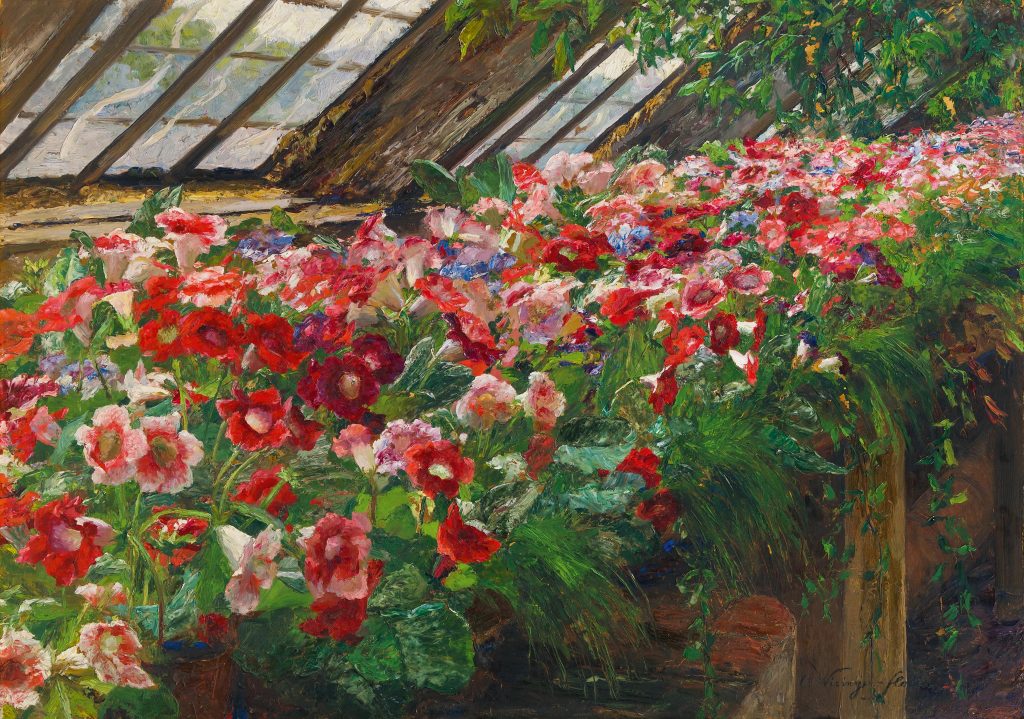
Olga Wisinger-Florian, Gloxinias, 1905, private collection. Auktionshaus im Kinsky.
Olga Wisinger-Florian (1844-1926) was born into an affluent family of civil servants in imperial Vienna. Her marriage to the pharmacist Franz Wisinger in 1874 did not hold her back from aspiring towards a professional artistic career. By keeping her maiden name, Florian also expressed her emancipatory self-determination. In the year of the marriage, she started taking private lessons with the landscape painters Melchior Fritsch and Emil Jakob Schindler. She founded her own studio in 1884. Soon, she took on female students to compensate for the lack of academic training for women.
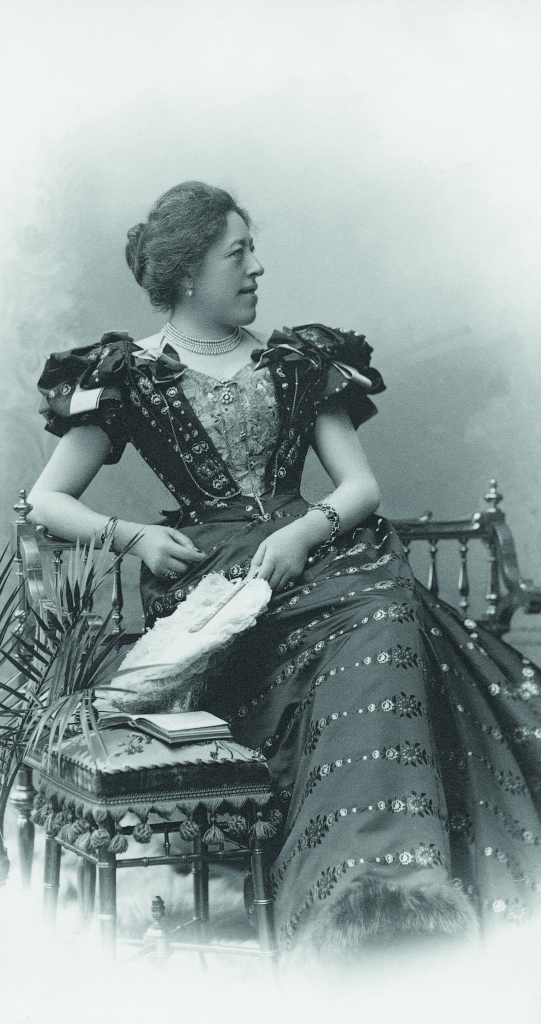
Albert Mayer, photograph of Olga Wisinger-Florian, ca. 1897. Wikimedia Commons (public
domain).
Wisinger-Florian’s talent already showed during her apprenticeship. As early as 1882, she was able to exhibit at the House of the Artists, the most prestigious artistic institution of the Austro-Hungarian Empire. Although the society was happy to show works by women, their presence at the vernisage or membership was far from welcome. A furious Wisinger-Florian wrote in her diary:
Ladies can’t come to the opening! But our pictures are fine for them!
Not fearing the jury, she took her painting off the wall when her request to hang it in a more prominent place was ignored. Her confidence was rewarded with success as the society eventually complied. Despite the tensions, she continued to participate in their annual exhibitions, thereby establishing herself in the art market.
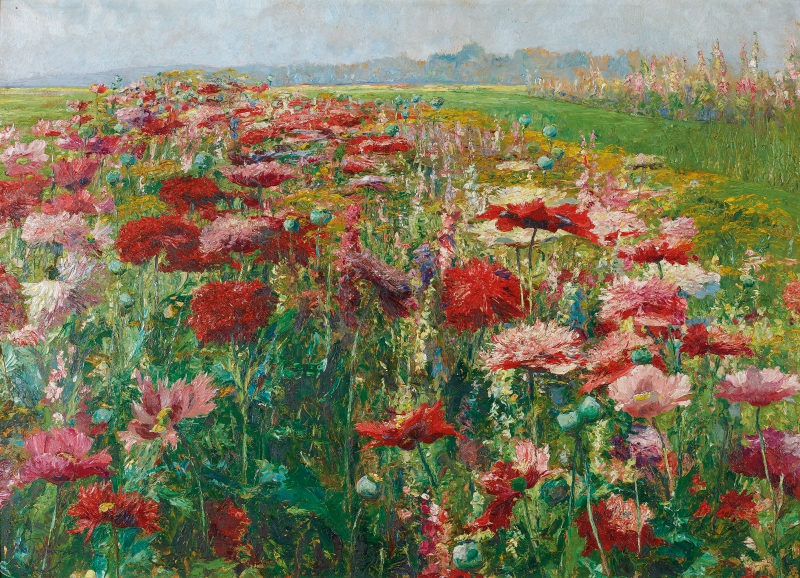
Olga Wisinger-Florian, Blooming Poppies, 1895-1900, Belvedere, Vienna, Austria.
Wisinger-Florian specialized in painting landscapes and flower arrangements, the latter a motif traditionally associated with women artists. While her early work aimed at a realistic depiction with a love for detail, she turned to Impressionism in the mid-1890s. With her dynamic and fluid brushstrokes, she soon became one of the most significant painters of the style in Austria. A true city child, hers were not the landscapes of untouched nature, but rather the tamed gardens, parks, fields, and interiors of civilization. Always ambitious, she undertook excursions throughout the country as well as the Black Sea and French Riviera.
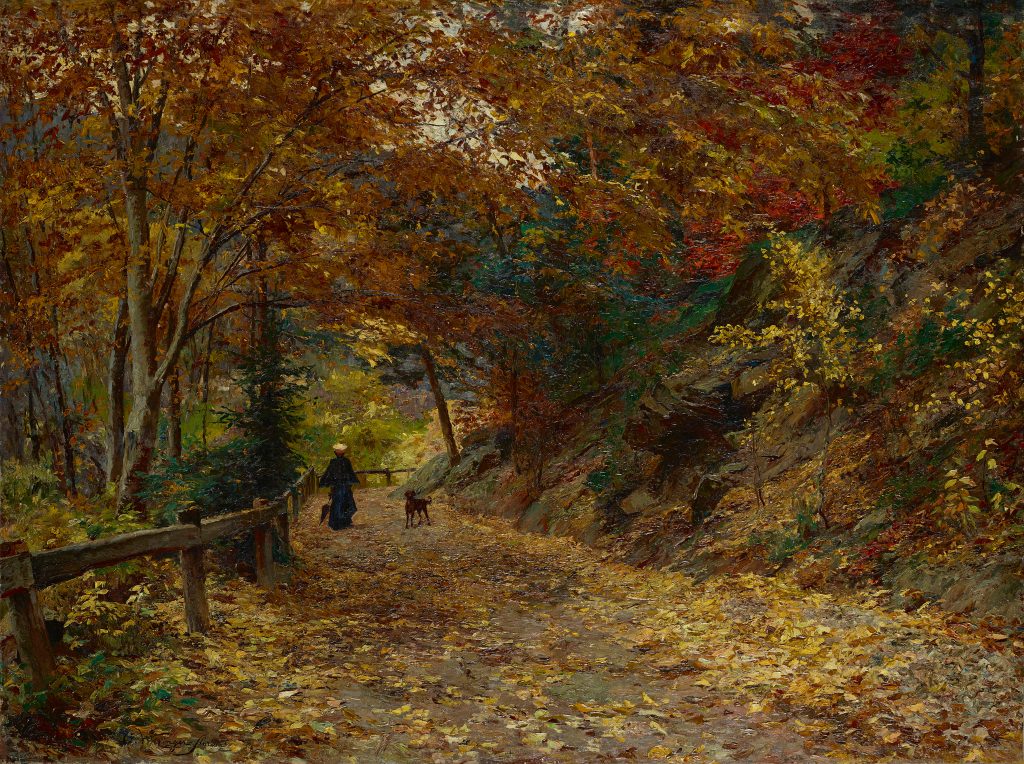
Olga Wisinger-Florian, Falling Leaves, 1899, Belvedere, Vienna, Austria.
After the little scandal at the House of the Artists in 1882, Wisinger-Florian quickly rose to stardom in the Viennese art scene. Her work was exhibited across Europe and beyond; from her native city of Vienna to Berlin, Munich, Antwerp, Brno, and Wrocław, her flowers conquered them all. This chain of commercial success and professional acknowledgment was crowned by her representation at three world fairs: 1893 in Chicago, 1900 in Paris, and 1904 in St. Louis.
A clever and calculating businesswoman, Wisinger-Florian used her family’s money and networks in Viennese high society to climb the ladder in a flooded art market. She repeatedly showed up at important social events such as balls, dinner parties, or opera performances. The imperial court photographer Ludwig Angerer took her portrait to additionally promote her image in public. No wonder her clients represent a circle as illustrious as Prince Regent Luitpold of Bavaria, Tsar Ferdinand of Bulgaria (who invited her to his summer residence at the Black Sea for three months), Archduke Karl Ludwig (whom she smoked cigarettes with in her studio), the Rothschild family and even Emperor Francis Joseph I!
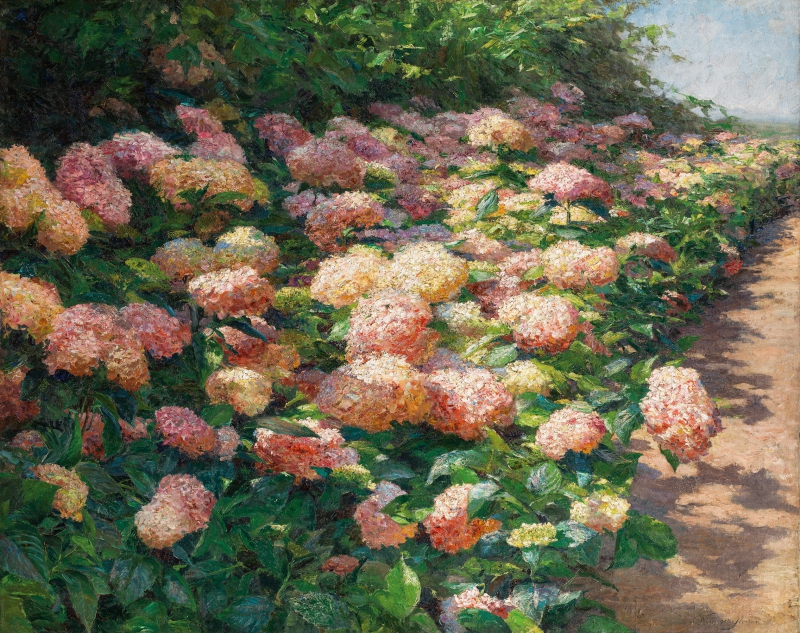
Olga Wisinger-Florian, Hydrangeas, 1901, private collection. Auktionshaus im Kinsky, Vienna, Austria.
Despite all her success, Wisinger-Florian did not forget to support her female colleagues. As a member and subsequent president of the Society of Women Writers and Artists, she fought for their rights as professionals. This lifelong commitment continued when she co-founded the associations Eight Women Artists in 1900 and the Austrian Association of Women Artists in 1910, the latter still existing today. She even got involved in the campaigns of Nobel Peace Prize laureate Bertha von Suttner, whom she represented at congresses in Rome, Antwerp, Bern, and Chicago. After a long and fulfilling career, she retired when she became blind in 1913. She leaves a legacy to which women artists can still look up to today.
DailyArt Magazine needs your support. Every contribution, however big or small, is very valuable for our future. Thanks to it, we will be able to sustain and grow the Magazine. Thank you for your help!